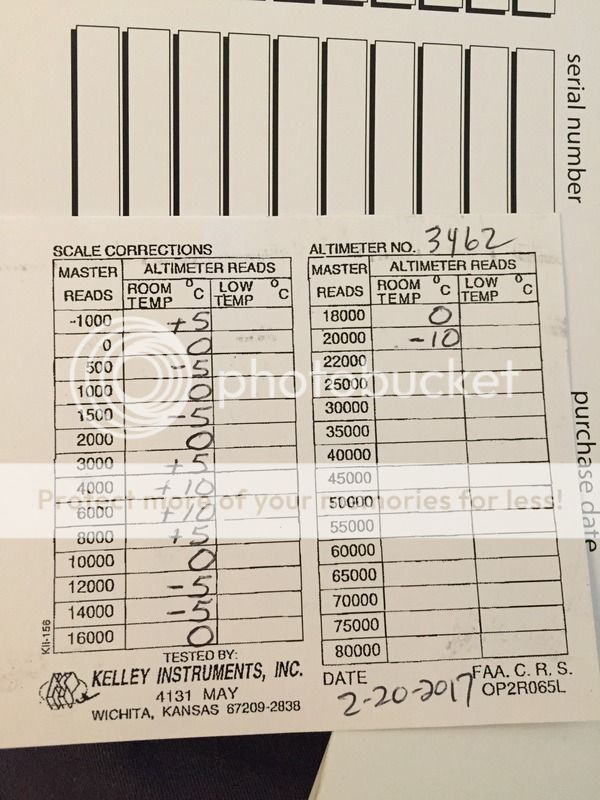MikeLima
Pre-Flight
I was going to transition class b airspace this morning at 7500 feet. I was on flight following. As I approached the airspace, approach cleared me in at 7500 feet. A few moments later approach contacted me and said (not an exact quote), " 182 I have you at 7800. Correct altimeter is 3042." I checked and had 3042 in already and was reading 7500. I replied as much and recieved nothing back.
I am low time and rural and don't fly in radar controlled airspace very often and this was the fist time this has occurred. Is this an atmospheric oddity or do I have an equipment problem and is there anything else I should have done?
Thanks.
ML
I am low time and rural and don't fly in radar controlled airspace very often and this was the fist time this has occurred. Is this an atmospheric oddity or do I have an equipment problem and is there anything else I should have done?
Thanks.
ML

